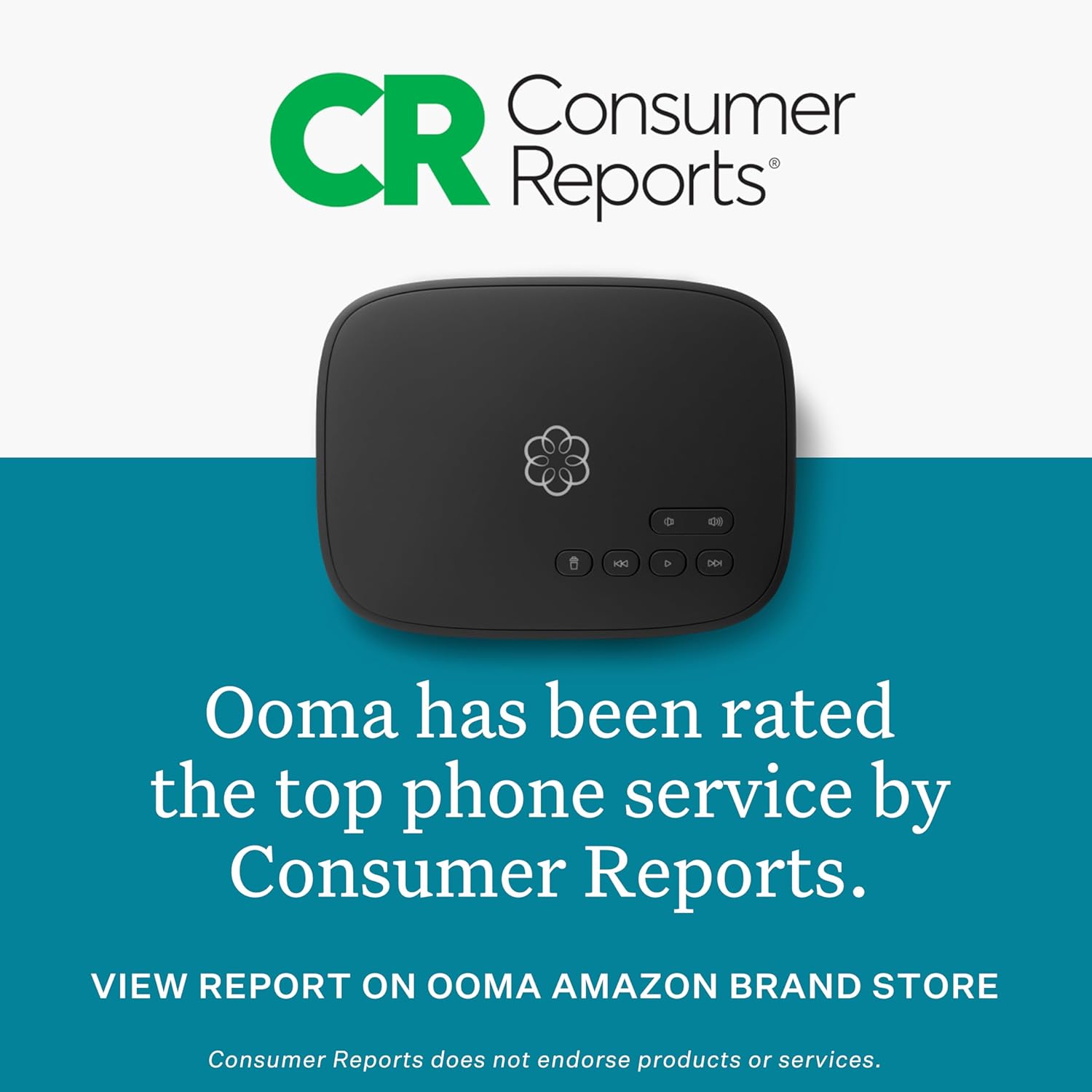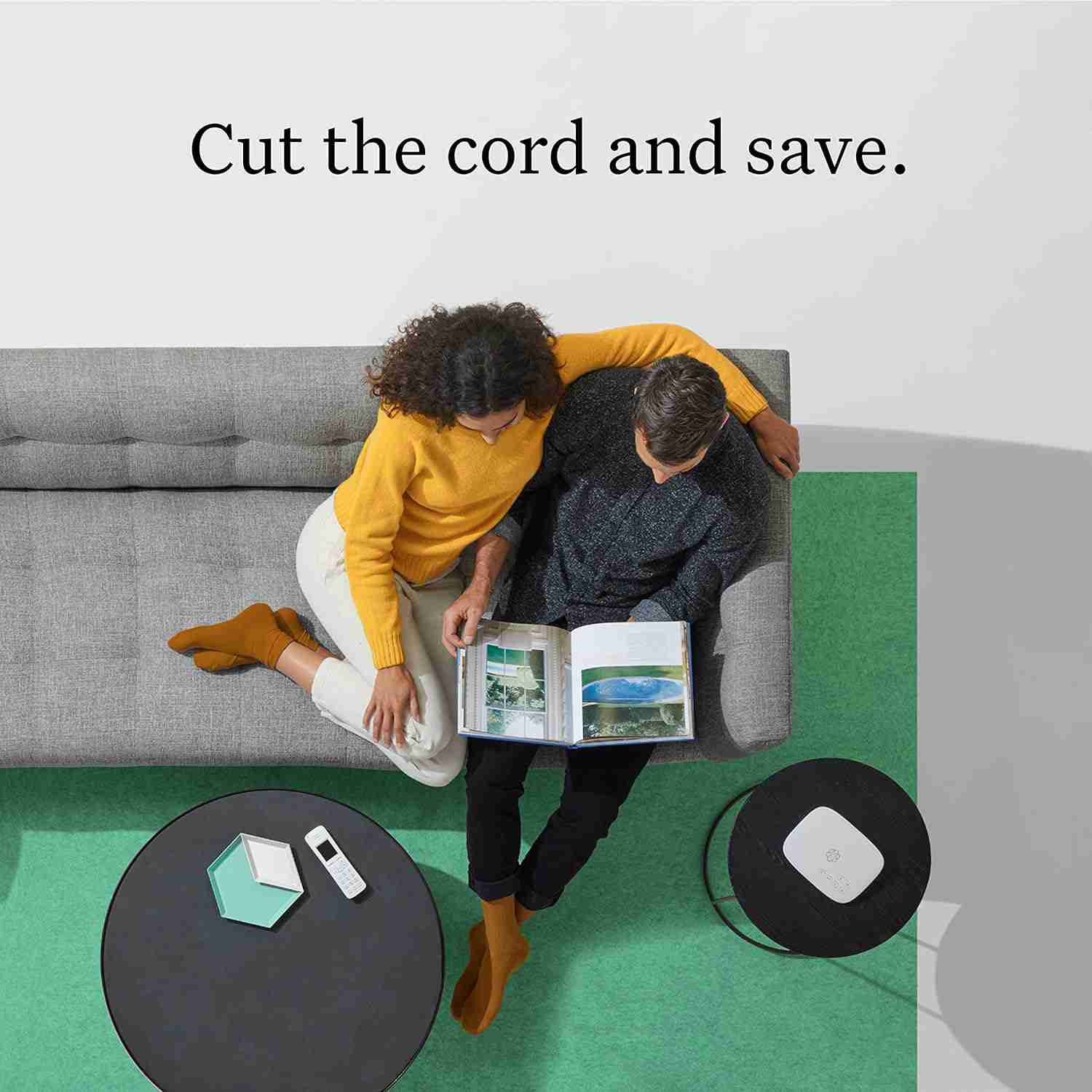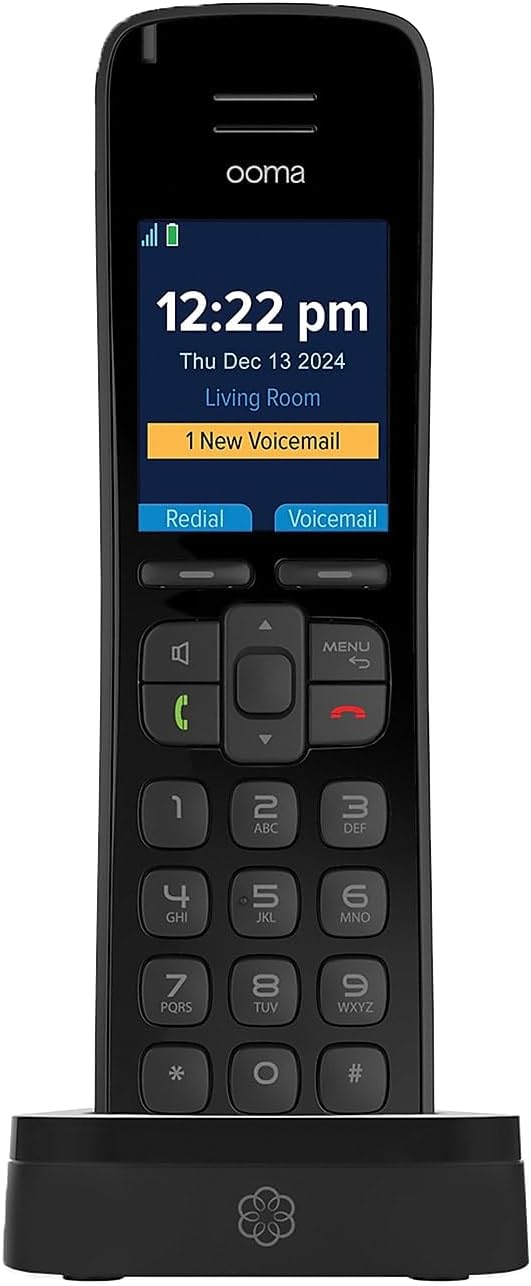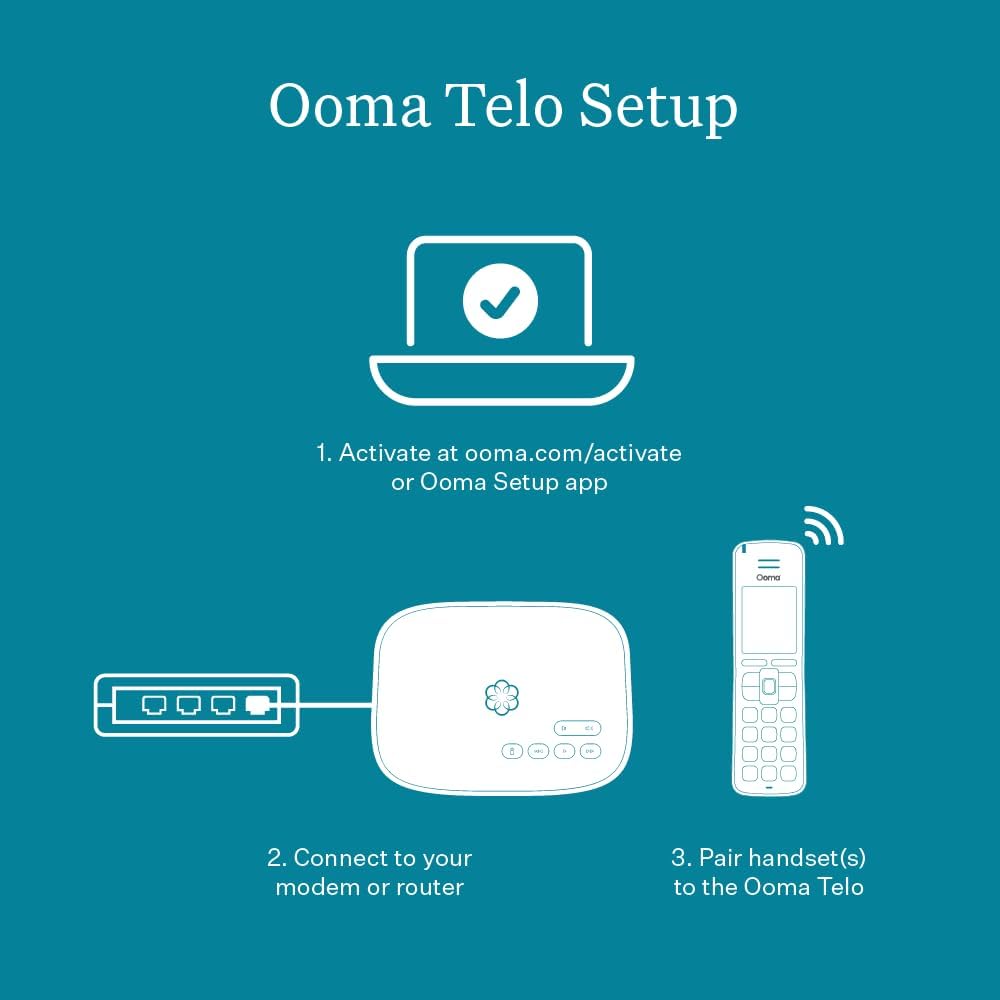






After a decade-long battle with AT&T's crumbling landline service, switching to Ooma Telo felt like upgrading from a dial-up modem to fiber optics. The setup? Surprisingly smooth—aside from our internet provider's meltdown that day. Once connected, crystal-clear calls made us wonder why we tolerated AT&T's static-filled lines for years.
The wireless handsets are game-changers. Walking around our 600 sq ft apartment during test calls with my mother-in-law, the connection stayed strong despite neighboring WiFi networks. Coming from a dinosaur-era answering machine, the HD3 handsets' color screens and intercom features feel space-age (though their menus take some getting used to).
Now for the elephant in the room: 911 reliability. One reviewer's horror story about misdirected emergency responders chilled me to the bone. Ooma now includes blunt warnings about this—a necessary but unsettling disclaimer. For peace of mind, I've drilled my family on verbally confirming our address during emergencies.
The billing system deserves its own comedy roast show. Two customer service calls and a supervisor intervention just to process payment? In 2023? At least the $100+/year cost beats traditional landline bills... until you see those sneaky $13 monthly taxes creep in.
Pro tip: Don't expect true wireless freedom—the Telo unit still needs router tethering (disappointing for a 'modern' system). But features like per-handset ring assignments (perfect for teens) and robocall blocking almost make up for it.
Final verdict? If you're clinging to landlines like we were, Ooma is your best escape route—just keep a backup cell handy for emergencies.

